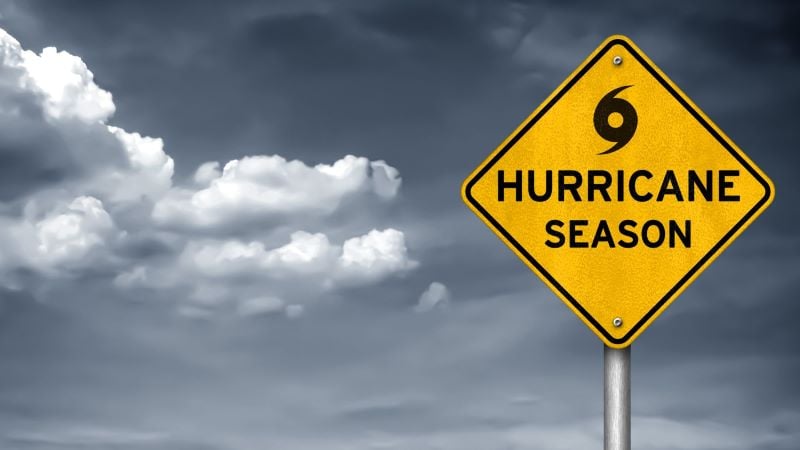Communications
Advise where residents can meet (a clubhouse or pool) to receive pertinent information, such as who will be sending communications and how to stay updated (website, email and text alerts, bulletin board, or public postings).
Response and Recovery
Have legal counsel review all vendor contracts prior to signing. Obtain details on what is being provided and the penalties for not adhering to the contract.
For example, a landscaping debris contract might specify the timeline for responding after the "all clear" has been given.
As a penalty, the contract may be considered null and void if they fail to respond by 48 hours after the all-clear. In this case, the association should also have a backup vendor's contract reviewed by legal counsel, and the vendor should be advised about expectations.
The association should also determine two locations for temporarily staging debris. One would be for landscaping debris and the other for construction debris.
Vendors may be unable to haul the debris quickly due to the possibility of dumps being closed, so communicate where the debris can be temporarily stored.
Obtain information about the resources that the vendor has and confirm pricing.
Point-of-Contact
The association should designate a contact person to oversee response and recovery operations.
This person could be a CAM, maintenance associate, committee member, board member, project manager, or engineer.
The point of contact should be disclosed in all communications.
Record Keeping
The association should designate a person to maintain records associated with the preparation, cleanup, response, and recovery.
This person could be a CAM, administrative assistant, project manager, or engineer.
Records should include photos, inspections (such as roof inspections before the storm), progress reports, permits, contracts, product information, warranties, licenses, guarantees, insurance information, and any specific bank accounts for response and recovery.
Keeping a water intrusion report for each incident is also recommended. The report should include when the incident was first noticed, when the vendor was advised to clean up, and a timeline for the project.
Photos of the association before, during, and after the disaster may also be included. It is a best practice to have hard copies and electronic backups.
Make sure to have an owner list with contact information and addresses, your vendor contact list, and insurance coverage information.
Access Control
Will the vendors and key personnel need pre-approval IDs to access the area? Who will control access to the community and its buildings?
Having a plan of access control identified and utilized helps to ease traffic and mitigate risks of unauthorized personnel.
What credentials will be required for access to associations separated by a bridge to the mainland? Know ahead of time and plan accordingly for key personnel.
Debriefing
After any trials or exercises have been completed or the response and recovery process has ended, we recommend debriefing with the board and key players.
What worked well? What did not work? How could the process be improved? What were the lessons learned?
This information will benefit the community association when it's time to develop the next disaster plan.
The plan is the best resource you can put forth. However, it has been my experience that it can be updated and revised after each storm to become even better!
For example, most hurricane plans in the preparedness phase turn off the irrigation to reduce the saturation index of the soil at least 72 hours before projected storm arrival, lock open gates, service sewage lift stations, secure and protect elevator landings, and so much more.
RealManage Is Here to Help
Have a plan and utilize your professional vendors and local emergency management resources. Need assistance from an experienced management company?
Contact us. We will kindly assist you in all phases of hurricane planning and be your partner throughout the process.






